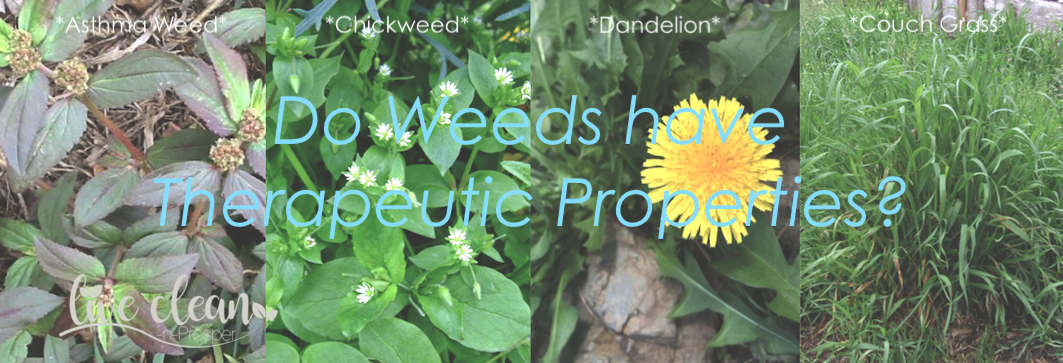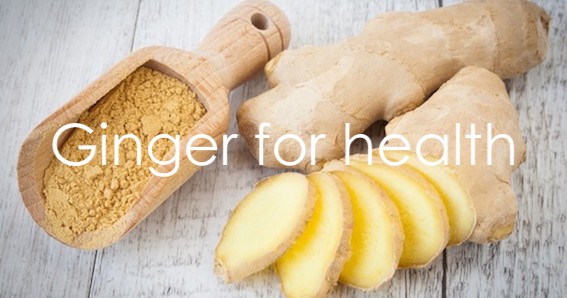Todays post is all about therapeutics properties of Weeds.
Yes, you read that correctly. One of the subjects that Scott is currently studying is called Materia Medica, which is Latin for medical material or substance. Basically he is learning all about the medicinal properties of many different things.
It’s amazing to find out that many of the plants that we consider to be weeds, have medicinal properties. Scott recently joked about how previously he was trying to kill these plants. Now we are trying to keep some alive and cultivate them. Here are a few plants that you might think twice about removing from your garden.
Euphorbia hirta or Asthma weed
Asthma weed is recognised as a medicinal herb in many different parts of the world. Traditional Asian medicine has used the herb for hundreds of years.
Its primary uses include treating asthma, bronchitis and various other lung complaints, usually in combination with other anti-asthma herbs. Euphorbia hirta is also used in the treatment of cancer, diarrhoea, dysentery, fever, bowel complaints, kidney stones and abscesses.
It should not be used without expert guidance as large doses can be toxic and cause gastro-intestinal irritation, nausea and vomiting.
Stellaria media or Chickweed
Chickweeds are medicinal and edible plants. They are very nutritious, high in vitamins and minerals. The leaves are commonly used raw in salads and sandwiches. They can be cooked in soups and stews as well.
As a medicinal herb, the whole plant is used. The dried herb, as an infusion, is used to treat coughs, and in treating kidney complaints. New research indicates Stellaria’s use as an effective antihistamine. Therefore the plant is also effective when used as a compress or in a cream for itching skin conditions.
Taraxacum officinale or Dandelion
Considered a weed by most gardeners, Taraxacum officinale or Dandelion plant has several culinary uses. The flowers are used to make dandelion wine while the greens are used in salads. Besides that, Dandelion roots are also used to make a coffee substitute.
Native Americans used the plant as a food and as a medicine. Dandelion has been used as an herbal remedy in Europe, North America, and China over hundreds of years. Its different parts are used to treat infections, bile and liver problems.
Other uses for Dandelion are a laxative, as a plant bitter for digestion and as a diuretic.
Elytrigia repens or Couch grass
Elytrigia has been an official medicine in a number of countries throughout the world.
Traditional Austrian medicine treatments used the rhizomes (roots) against fever, internally as a tea, syrup, or cold maceration in water.
Its other medicinal uses include treating rheumatism and gout. It is also described as a ‘mild diuretic’.
The dried rhizomes of couch grass were broken up and used as incense in medieval northern Europe.
Who would have thought – weeds in the salad and couch grass roots as incense! (Sources – Materia Medica of Western Herbs by Carol Fisher, Wikipedia)
Interesting to find out that these are just a few of the common backyard weeds, which have medicinal properties.
Till the next post,
Live clean n prosper


